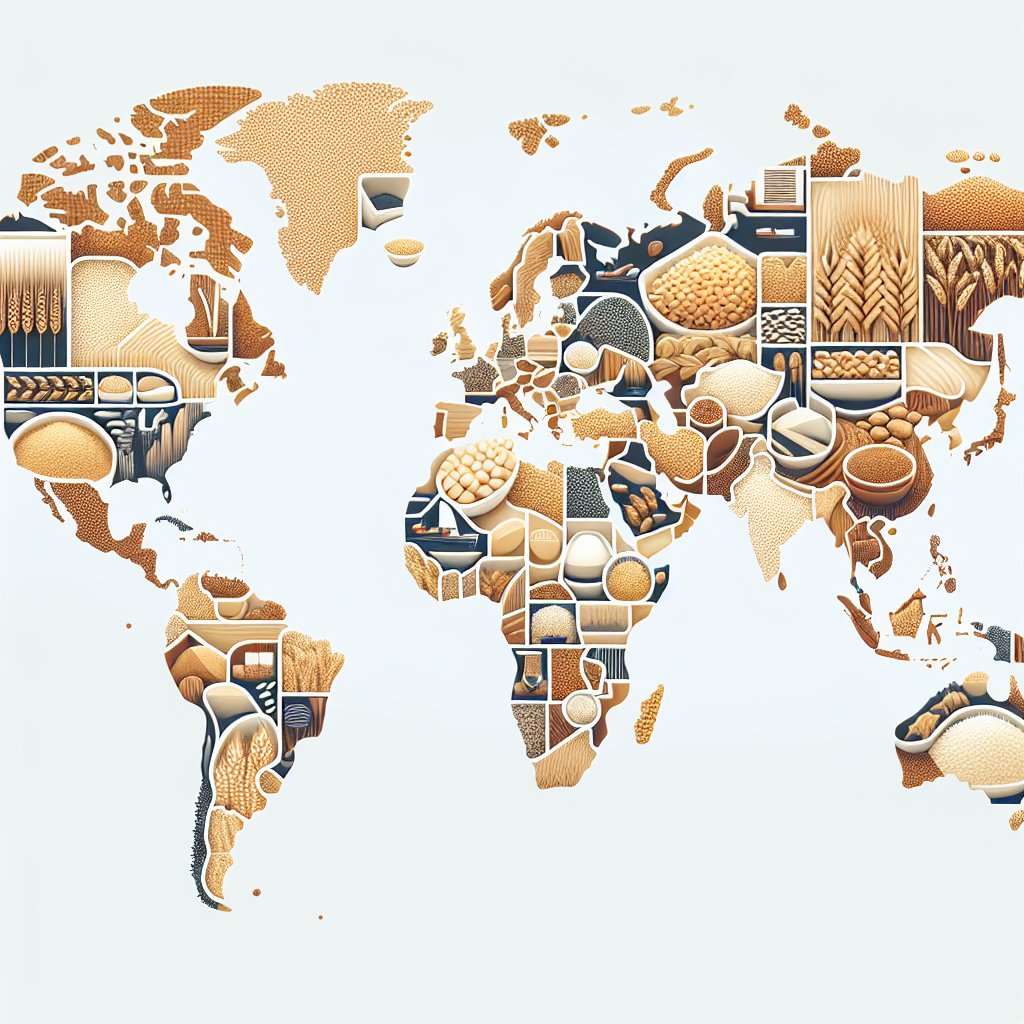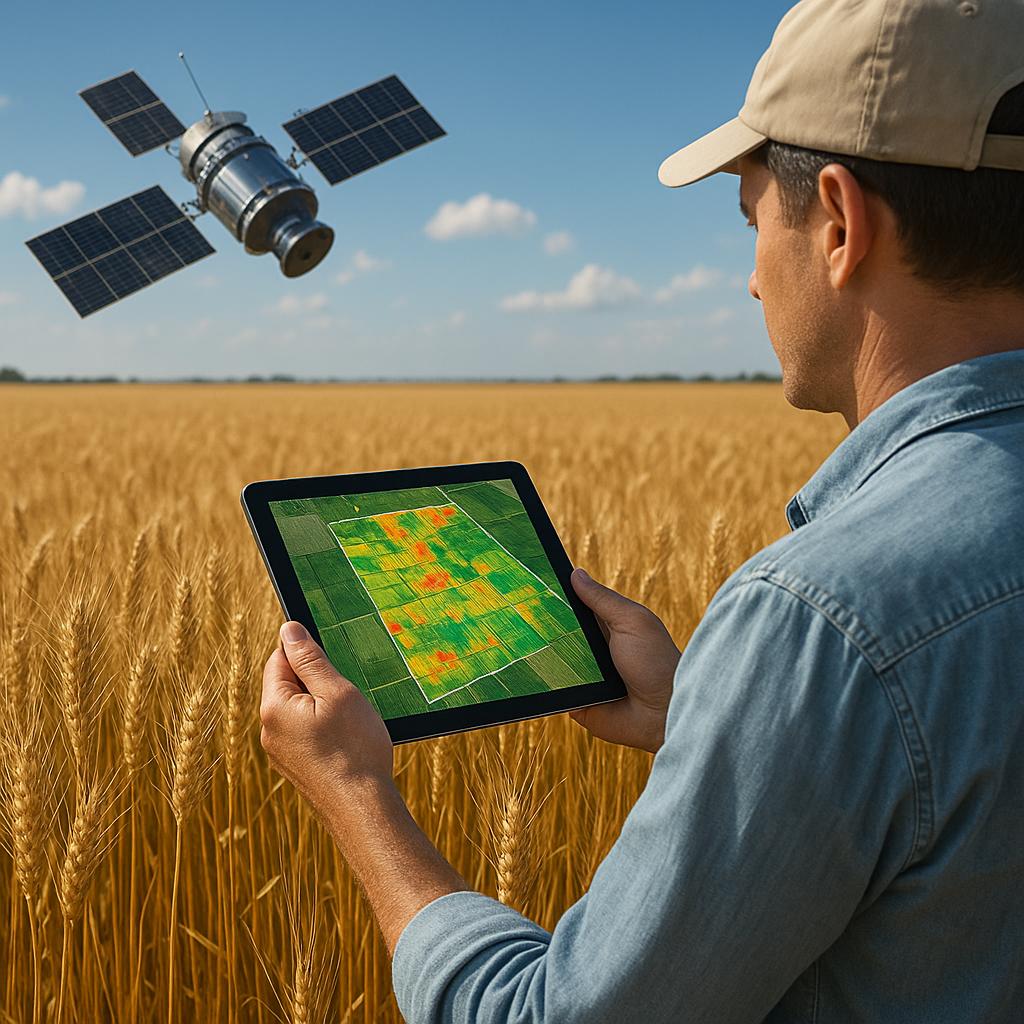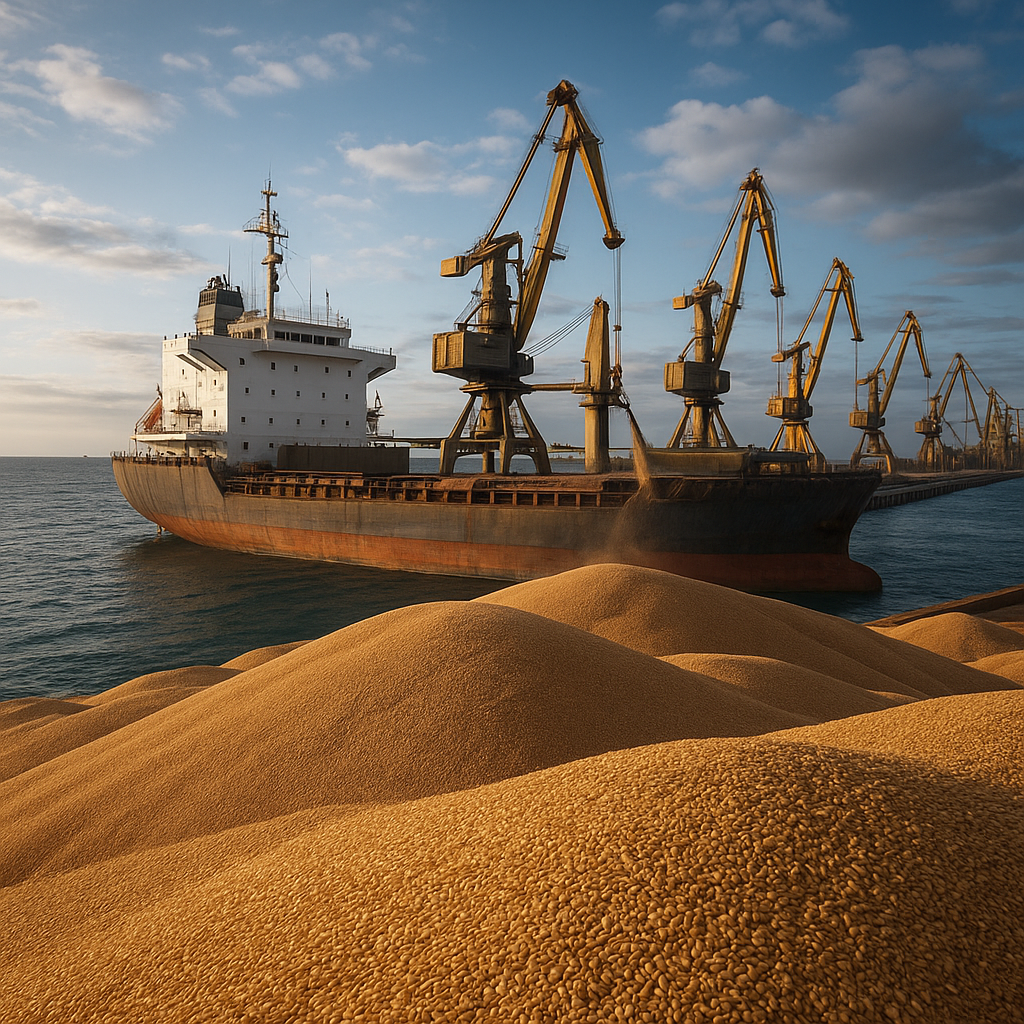The global landscape of grain production is a vital aspect of agriculture, influencing food security, economies, and trade. Understanding the top grain-producing countries provides insight into the agricultural strengths and challenges faced by different regions. This article delves into the leading nations in grain production, examining their contributions, the types of grains they produce, and the factors that contribute to their success in this essential sector.
Major Grain-Producing Countries
Grains are a staple in diets worldwide, serving as a primary source of energy and nutrition. The top grain-producing countries play a crucial role in meeting the global demand for food. The following countries are recognized for their significant contributions to grain production:
- China
- India
- United States
- Brazil
- Russia
China
China stands as the largest grain producer in the world, with a diverse agricultural sector that includes rice, wheat, and corn. The country’s vast arable land and favorable climate conditions contribute to its high production levels. In recent years, China has focused on improving agricultural technology and practices, leading to increased yields and efficiency.
India
India ranks second in global grain production, primarily known for its rice and wheat output. The Green Revolution in the 1960s significantly boosted India’s agricultural productivity, introducing high-yielding varieties and modern farming techniques. Today, India continues to innovate in agriculture, with a focus on sustainable practices and food security.
United States
The United States is a major player in the global grain market, particularly in the production of corn and soybeans. The Midwest, often referred to as the „Corn Belt,” is renowned for its fertile soil and advanced farming technologies. The U.S. also exports a significant portion of its grain, making it a key contributor to global food supply chains.
Brazil
Brazil has emerged as a leading grain producer, especially in soybeans and corn. The country’s agricultural sector benefits from vast land resources and a favorable climate. Brazil’s focus on expanding its agricultural exports has positioned it as a critical player in the global grain market, with increasing investments in technology and infrastructure.
Russia
Russia has seen a resurgence in grain production, particularly wheat, in recent years. Favorable weather conditions and government support for agriculture have contributed to this growth. Russia’s strategic position allows it to export significant quantities of grain, making it a vital player in the global market.
Factors Influencing Grain Production
Several factors influence the grain production capabilities of these leading countries. Understanding these elements is essential for grasping the dynamics of global agriculture.
Climate and Geography
The climate and geographical features of a country significantly impact its agricultural productivity. Regions with fertile soil, adequate rainfall, and suitable temperatures are more likely to excel in grain production. For instance, the Midwest in the United States benefits from rich soil and a temperate climate, making it ideal for corn and soybean cultivation.
Agricultural Technology
Advancements in agricultural technology have revolutionized grain production. Countries that invest in research and development, such as China and the United States, often see higher yields and more efficient farming practices. Precision agriculture, genetically modified organisms (GMOs), and improved irrigation techniques are just a few examples of how technology enhances productivity.
Government Policies and Support
Government policies play a crucial role in shaping the agricultural landscape. Subsidies, trade agreements, and investment in infrastructure can significantly impact grain production. For example, Brazil’s government has implemented policies to support agricultural exports, leading to increased production and competitiveness in the global market.
Market Demand and Global Trade
The demand for grains is influenced by population growth, dietary changes, and economic development. Countries that can adapt to changing market demands and establish strong trade relationships are more likely to succeed in grain production. The interconnectedness of global markets means that fluctuations in one region can have ripple effects worldwide.
Conclusion
The top grain-producing countries play a pivotal role in ensuring global food security and economic stability. By understanding the factors that contribute to their success, we can appreciate the complexities of agricultural production and the importance of sustainable practices. As the world faces challenges such as climate change and population growth, the ability of these nations to adapt and innovate will be crucial in meeting future food demands.













